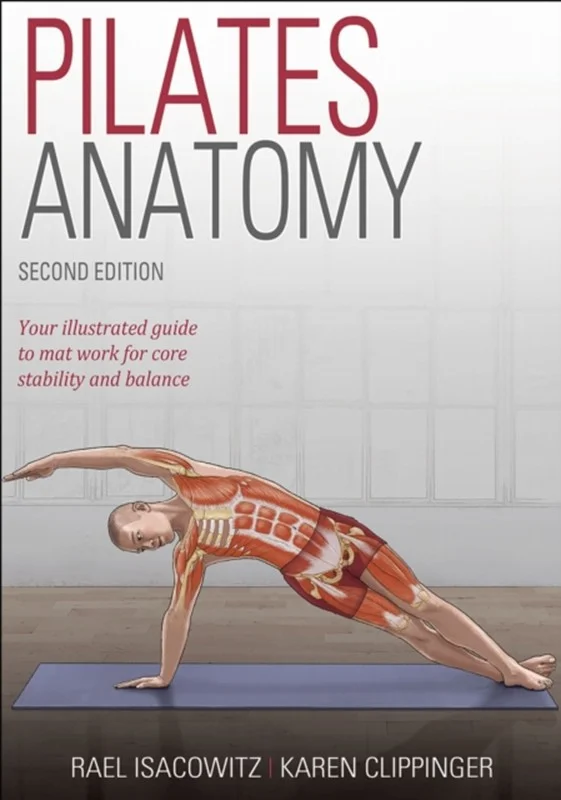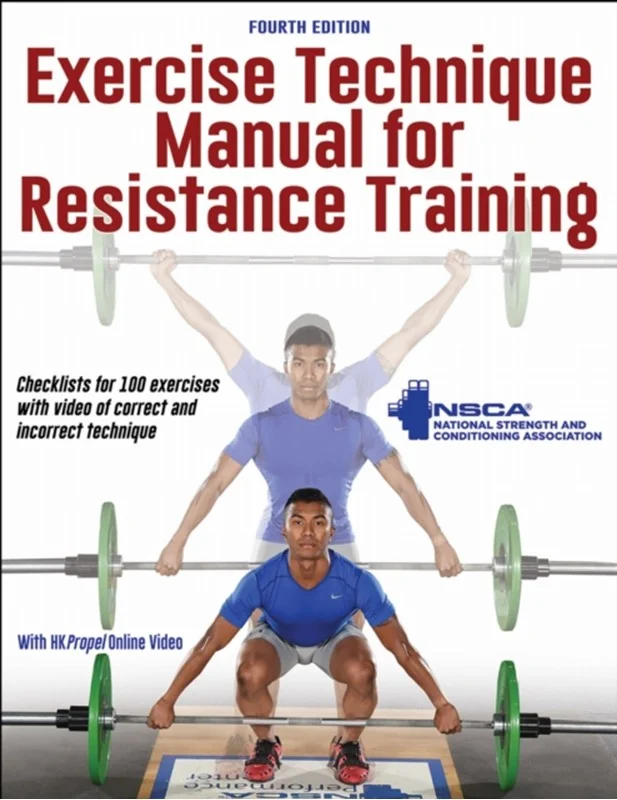Discovering Dance - Gayle Kassing - Bog - Human Kinetics Publishers - Plusbog.dk
Discovering Dance, Second Edition, is the premier introductory dance text for high school students. Whether they are new to dance or already have some experience, students will be able to grasp the foundational concepts of dance as they consider where dance movement comes from and why humans are compelled to move, and they will explore movement activities from the perspectives of a dancer, a choreographer, and an observer. The result is a well-rounded educational experience for students to build on, whether they want to further explore performance or choreography or otherwise factor dance into their college or career goals. Specifically designed to meet national and state dance education standards, Discovering Dance offers a ready-to-implement dance curriculum that is foundational and flexible. It fosters students’ discovery of dance through creating, performing, analyzing, understanding, responding to, connecting to, and evaluating dance and dance forms. The book is divided into four parts and 17 chapters. Part I focuses on the foundational concepts of dance and art processes, wellness, safety, dance elements, and composition. Part II delves into dance in society, including historical, social, traditional, and cultural dances. In part III, students explore dance on stage—including ballet, modern dance, jazz dance, tap, and hip-hop—and examine aspects of performance and production. Part IV rounds out the content by preparing students for dance in college or as a career and throughout life. The chapter content helps students - discover dance genres; - explore each genre through its history, artists, vocabulary, and significant works; - apply dance concepts through movement and through written, oral, visual, technology, and multimedia assignments, thus deepening their knowledge and abilities; - enhance learning by completing a portfolio assignment and review quiz for each chapter; and - gain insight into dance artists, companies, and events through the Did You Know? and Spotlight elements. Learning objectives, vocabulary terms, and an essential question open each chapter. Throughout the chapters are four types of activities: Discover, Explore, Journal, and Research. The activities and assignments meet the needs of visual, auditory, and kinesthetic learners and help students explore dance through vocabulary, history, culture, creation, performance, and choreography. A comprehensive glossary further facilitates learning. The personal discovery process is greatly aided by technology—including video clips that demonstrate dance genres, forms, styles, and techniques as well as learning experiences that require taking photos and creating time lines, graphs, drawings, diagrams, or soundscapes.

















































